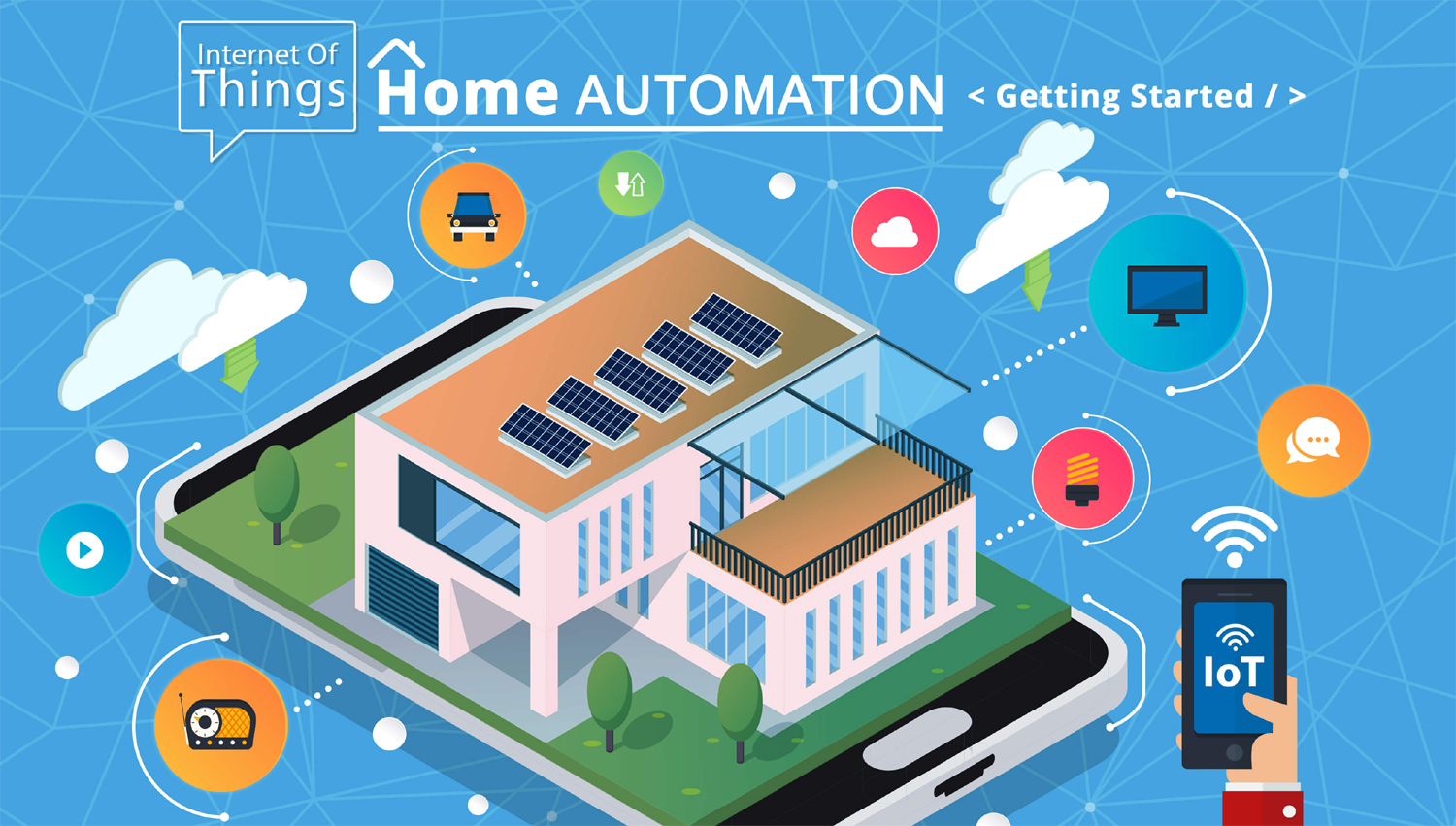- Get link
- X
- Other Apps
- Get link
- X
- Other Apps
IoT Smart Homes 2025: 75B Devices, 35% Energy Savings, Matter Protocol Revolution

75 BILLION DEVICES • MATTER PROTOCOL • 35% ENERGY SAVINGS • AI AUTOMATION
❓ What Changed Smart Homes in 2025?
Matter protocol unifies Google, Alexa, Apple ecosystems. 75 billion IoT devices now deliver 35% energy savings through AI predictive automation, zero-config security, and Thread mesh networking.
Matter Protocol: The IoT Unifier
The biggest breakthrough in 2025 is Matter 1.2 protocol, developed by Apple, Google, Amazon, and Samsung. Unlike fragmented Zigbee/Z-Wave systems, Matter creates a universal standard where any device works with any ecosystem. Thread mesh networking delivers 99.99% uptime across 250+ devices per home, with 10ms latency and IPv6 native addressing for unlimited scalability.
| Legacy vs Matter (2025) | Compatibility | Setup Time | Security |
|---|---|---|---|
| Matter 1.2 | Universal | 30 seconds | OPAQUE Crypto |
| Zigbee | Google only | 15 minutes | 128-bit AES |
This eliminates the "works with Google only" problem. A Nest thermostat now controls Ring cameras and Philips Hue lights seamlessly. Bluetooth commissioning means zero-config setup—scan QR code, done.
Smart home IoT powers 5G edge computing, health monitoring, EV integration.
AI Predictive Automation
Modern smart homes don't wait for commands. AI learns your patterns: thermostat pre-cools before you arrive, lights fade up at sunrise, security arms when you leave. Nest Learning Thermostat v4 saves 35% on HVAC through geofencing and occupancy detection. Philips Hue analyzes sleep cycles to optimize morning wake-up lighting.
Energy Management Systems
Smart power strips eliminate vampire power (25% of bills). Sense Energy Monitor tracks every circuit in real-time. Combined with solar inverters, homes achieve 65% self-sufficiency. ROI averages 5 months.
| Device | Annual Savings | Payback |
|---|---|---|
| Nest Thermostat | $450 HVAC | 6 months |
| Philips Hue | $180 lighting | 4 months |
| Smart Plugs | $120 standby | 8 months |
Security: Beyond Cameras
Arlo Pro 5S (2K HDR, color night vision) detects people/vehicles/packages. Google Nest recognizes familiar faces. August Wi-Fi Smart Lock offers auto-unlock via geofencing + facial recognition. Matter's OPAQUE cryptography resists quantum attacks.
Voice Ecosystems Compared
| Ecosystem | Devices | AI Accuracy | Monthly Fee |
|---|---|---|---|
| Google Nest | 2.1B | 96% | $6 |
| Amazon Alexa | 1.8B | 94% | $4 |
| Apple HomeKit | 1.2B | 98% | $10 |
Future: 6G + Edge AI
2026 brings 6G mmWave for <1ms 01="" ai="" and="" care.="" cleaning="" cloud="" cooking="" dependency.="" displays="" edge="" elderly="" eliminating="" enabling="" figure="" for="" gemini="" health="" holographic="" home="" integrate="" latency="" locally="" matter="" monitoring.="" nano="" neo="" p="" processors="" rb5="" real-time="" robots="" run="" ualcomm="" via="">
Connected Home Devices
Home Automation Systems
Home Connectivity
Home IoT Devices
Internet of Things (IoT) in Homes
IoT Home Automation
Smart Home Automation
Smart Home Solutions
Smart Home Technology
- Get link
- X
- Other Apps
Comments
Post a Comment